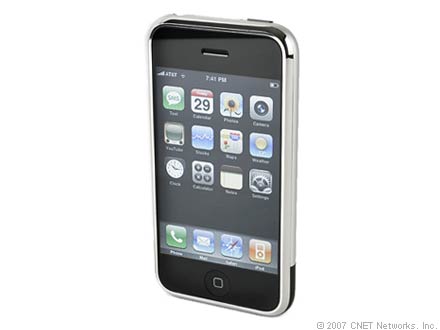The bottom line on Android roll-out


The number is 21. That's the percentage by which AT&T's wireless profits jumped in the last quarter. The most attractive business, postpaid (long-term) contracts, rose 40%.
During the quarter AT&T activated 2.4 million Apple 3G accounts, 40% of them new customers. Those are killer numbers.
The telecom business has suddenly become a struggle for survival. Shares in all the major wireless carriers are down sharply this year, mostly 30-40%, although Sprint shares are down 70%.
Apple is keeping AT&T afloat in these tough times. Verizon, Sprint and T-Mobile can't compete. Verizon is trying everything it can think of, buying Alltel for its market share, even considering contract-free plans, but nothing is working.
Worse, all carriers are doing expensive network build-outs, increasing the bandwidth they deliver customers using devices that might compete with the Apple 3G. Trouble is nothing does.
It's not going to just be about price, as Funambol thinks. Handset makers have to deliver something that will encourage the data network use the iPhone stimulates. Some estimate iPhones take 500 times the bits of other mobile users.
In this, Android is not the only option. Carriers are willing to support Windows Mobile, the Blackberry, LiMo phones, even Symbian.
The problem right now is everyone is saying solutions are just around the corner, but the carrier patients are bleeding all over the rug. Can they make it to delivery of viable open source solutions to stop the market share bleeding?
That's the bottom line.